When it comes to Loki, the Disney Plus show’s season 2 is now in full swing, but you may feel lost by all the technical mumbo jumbo that the first run hurriedly tried to jam down viewers’ throats. For instance, what exactly is the Sacred Timeline and how does it work?
If you’re like me, you may have a vague recollection of a lengthy monologue delivered by Jonathan Majors’ He Who Remains at the end of Loki season 1. In it, he explains what the Sacred Timeline is and why he put himself in charge of it in the same vein as Helmut Bakaitis’ snore-inducing speech as The Architect in The Matrix Reloaded. However, He Who Remains’ explanation is so convoluted, just like The Architect’s, that it arguably raises more questions than it answers.
He Who…loves the sound of his own voice
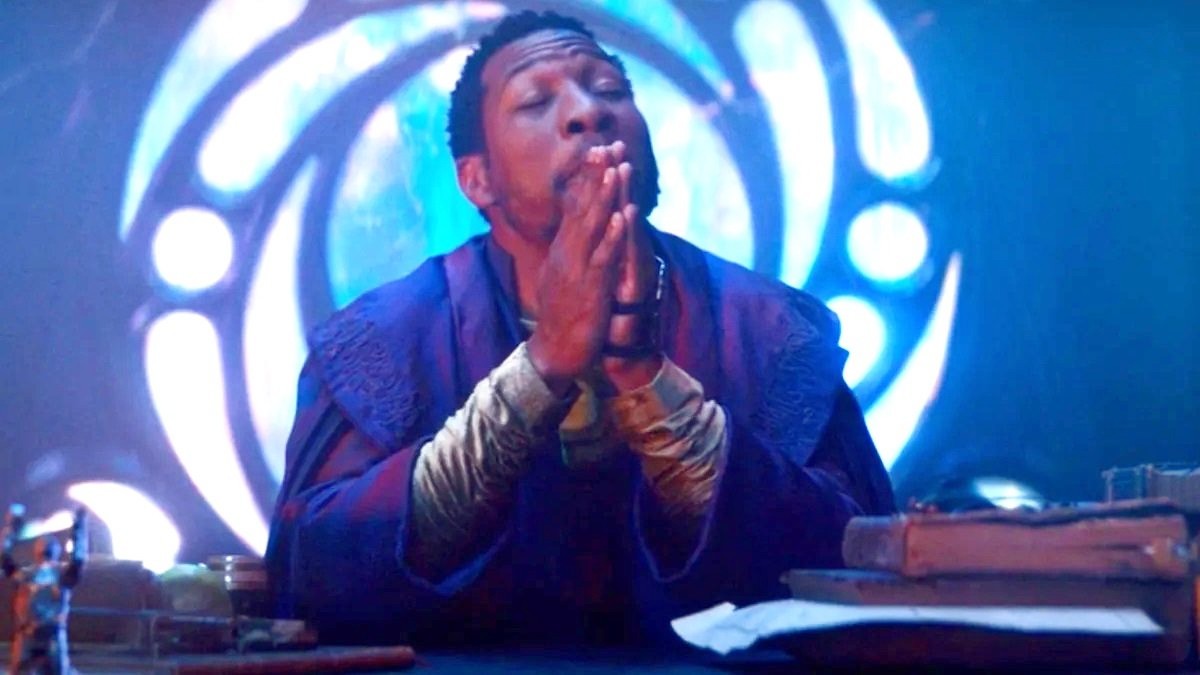
Essentially, a version of He Who Remains — who we later learn is called Kang the Conqueror when in one of his many variant forms — was once a scientist in the 31st Century who discovered the secrets of the multiverse. As he explains to Tom Hiddleston’s Loki and Sophie Di Martino’s Sylvie: “He discovered that there were universes stacked on top of his own.”
Upon discovering this, the scientist connected to other versions of himself in other universes. It was peaceful at first. But soon enough, evil variants of the scientist emerged, with many of those being some variation of “Kang.” Due to a desire amongst the evil Kangs to conquer other dimensions, a Multiversal War broke out.
Eventually, to stop the destruction of countless universes, He Who Remains implemented the TVA. What happens is, only the universes where He Who Remains comes to be are allowed to continue to exist. Therefore, when an individual in a universe makes some decision that causes their universe to create an evil Kang variant instead — called a Nexus Event — that person is “pruned” from their timeline. The pruned individual gets fed to a weaponized creature, called Alioth, formed from the tears in reality and “capable of consuming time and space itself,” as He Who Remains explains.
Are alligators allowed to have sex in the Sacred Timeline?

But hang on, we’re still confused. Does this mean that only one universe is allowed to exist, specifically the one with the Avengers we know in it where Loki died in 2018 while trying to assassinate Thanos in the events of Avengers: Infinity War? This is where the explanation within the show itself was kept quite vague.
You may remember a bunch of different variants of Loki showing up in the show’s first season, on the verge of getting consumed by Alioth, such as one who is an alligator. The question arises, was the alligator Loki pruned simply for existing rather than a choice he specifically made that caused a Nexus Event to occur? Was he simply being punished for the crime of being born? Must the alligator Loki’s parents be considered criminals merely for being reptiles who had sex? And more importantly, can other universes exist — complete with variants of the characters we know — in the Sacred Timeline?
It turns out, the answer is yes, other universes with alternate versions of Loki were allowed to exist within the Sacred Timeline, so long as their existence or behavior did not bring about an evil Kang variant. As Loki creator Michael Waldron explained in an interview with ScreenCrush back in 2021:
“If you zoomed in on the timeline, it wouldn’t necessarily look like a straight line. It might look like almost the intertwined strands of a rope fluctuating and spiking here and there. When it becomes a problem for the TVA is when, according to their own rules, when could something branch off in a way that it could actually produce a new timeline that could produce a new version of He Who Remains? That is the practical thing that they’re guarding against.”
The inevitable spaghetti metaphor, because every multiverse needs one
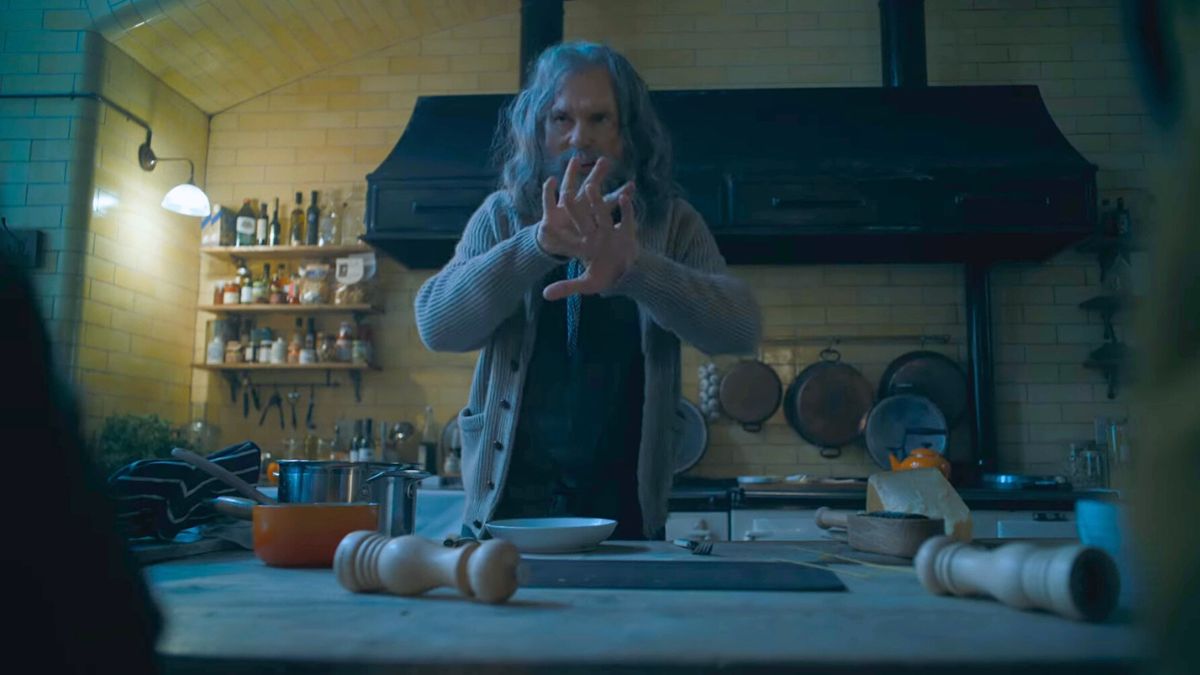
To understand this better, we’ve formulated a spaghetti metaphor of the multiverse in the MCU, in homage to The Flash. You see, the Sacred Timeline was like what happens when you boil spaghetti without enough oil or salt; you would get a clump of noodles all stuck together like a tree trunk, with each noodle in a parallel orientation to each other. When one noodle begins to get unstuck, that is representative of a Nexus Event. It was the TVA’s job to slice off that loose strand by pruning variants.
So yes, somewhere out there in the multiverse in the Sacred Timeline there could’ve theoretically existed an alligator Loki who was allowed to live because his life’s path did not inadvertently create an evil Kang variant. With that said, it’s all a moot point now anyway since the Sacred Timeline has now been essentially destroyed after Sylvie killed He Who Remains in season 1, unleashing evil Kang variants throughout the MCU’s multiverse, such as the one seen in Ant-Man and the Wasp: Quantumania.
We’ll have to see if Loki season 2 will illuminate us further on how the Sacred Timeline worked when new episodes drop Thursdays at 6 p.m. PT / 9 p.m. ET on Disney Plus.


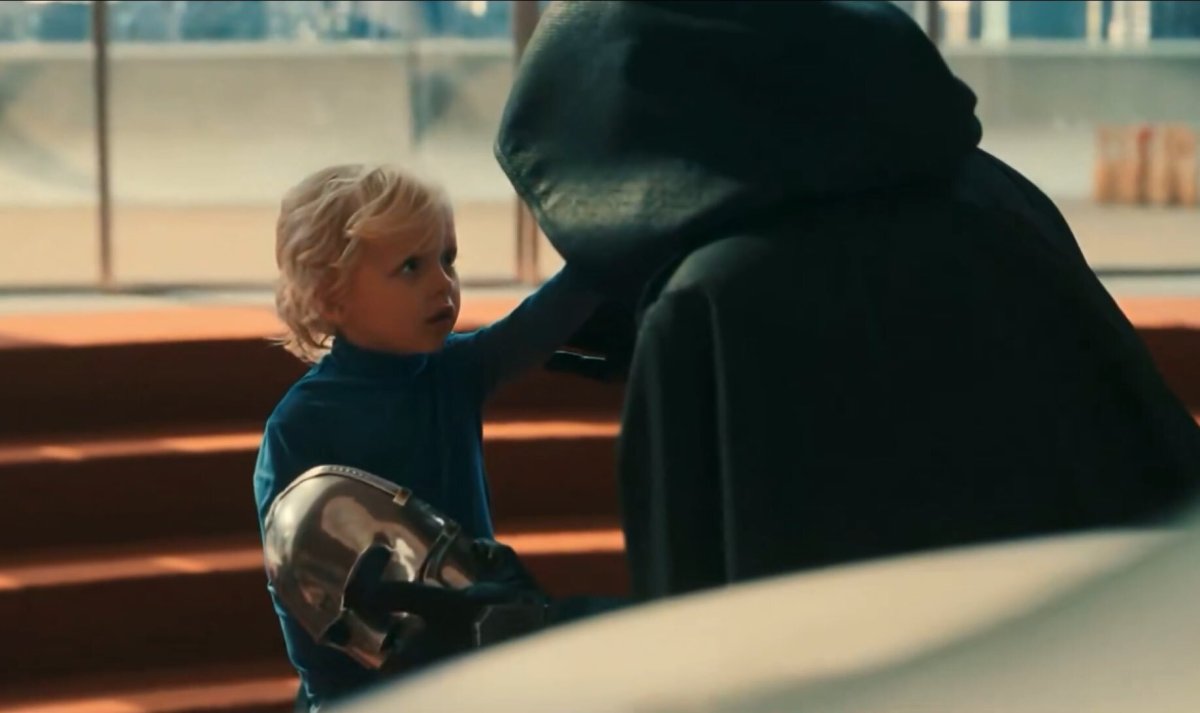
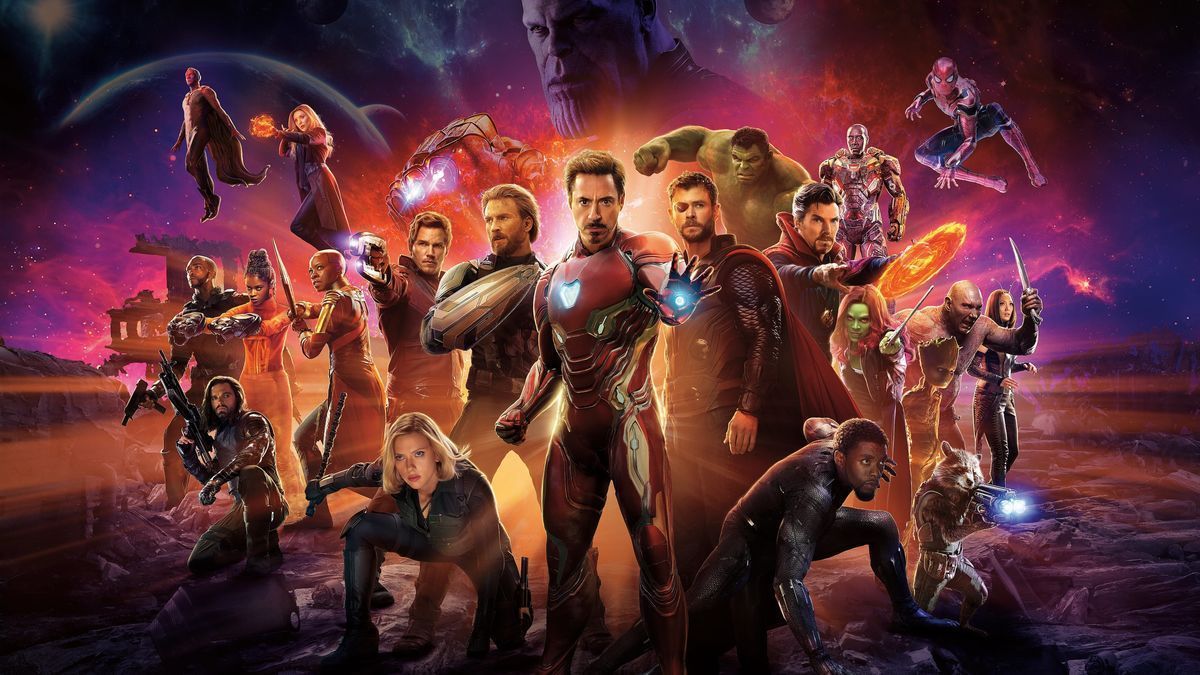
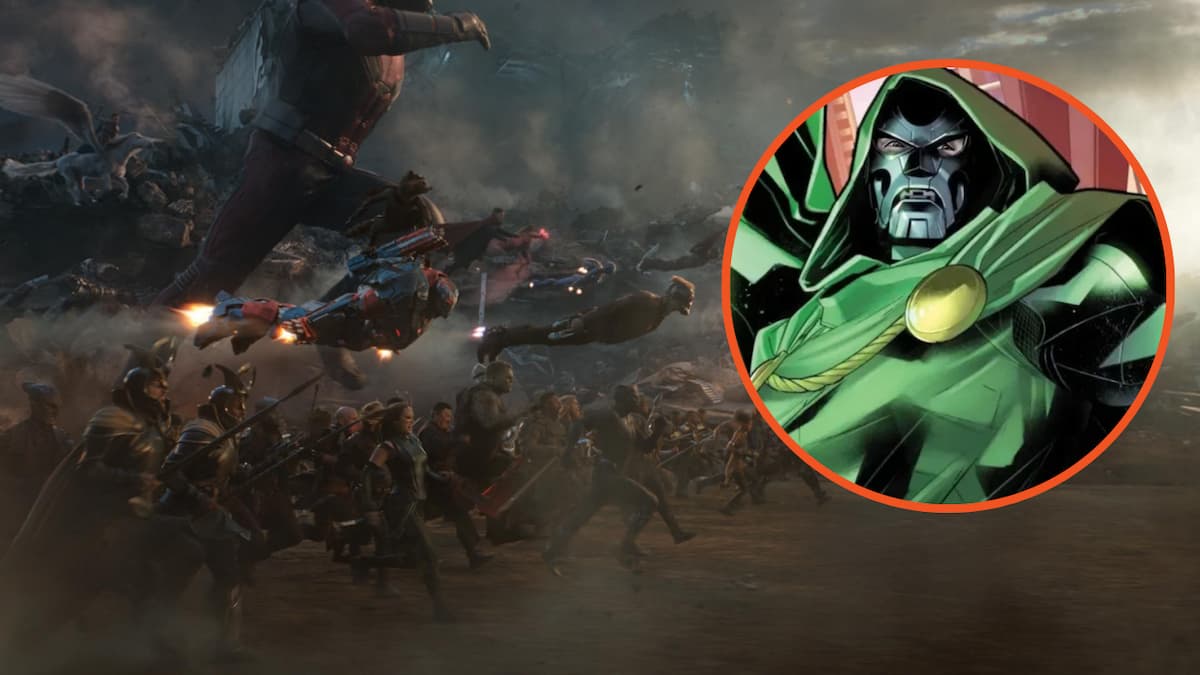
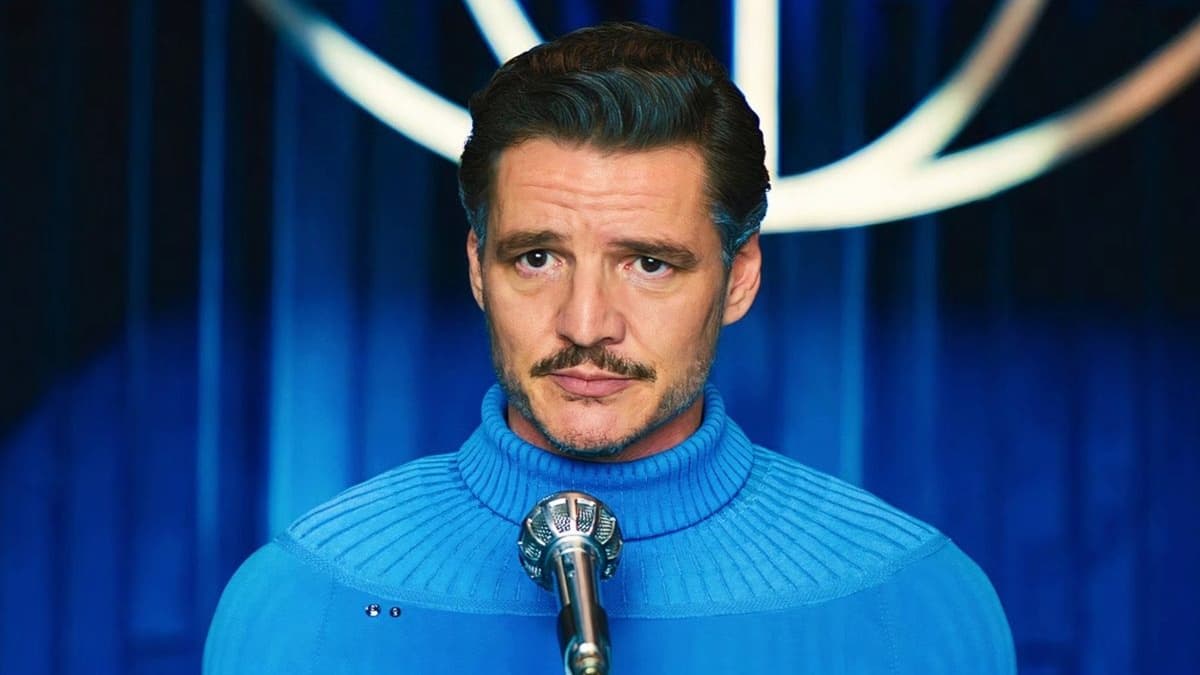
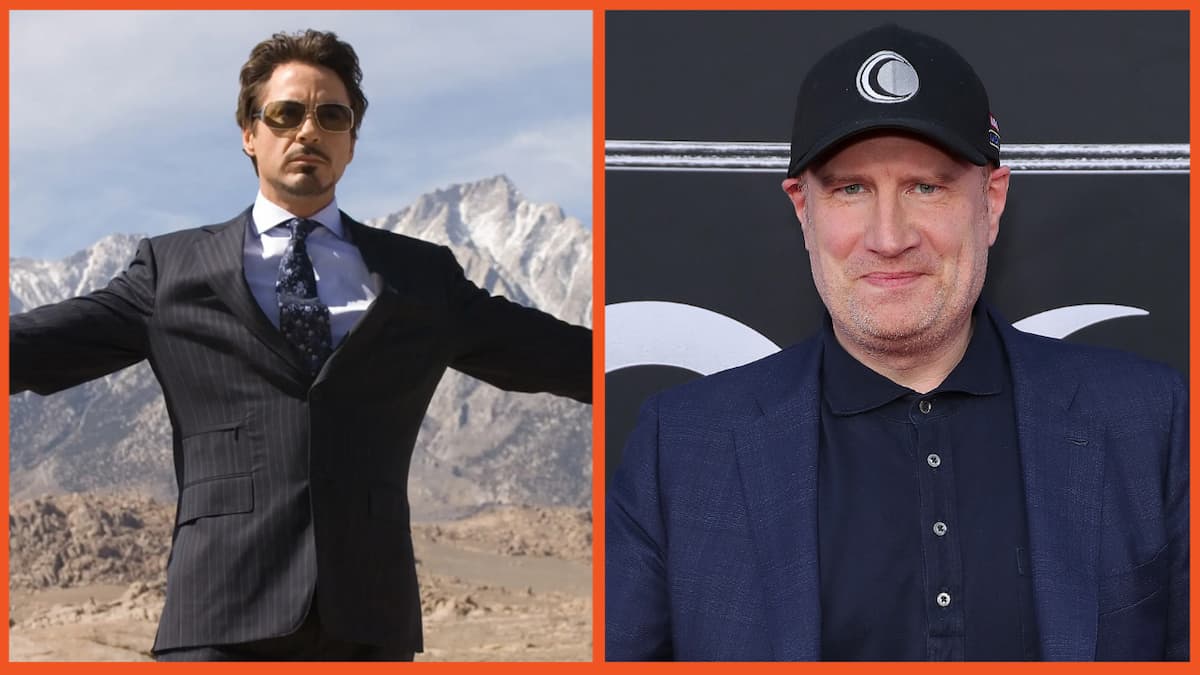
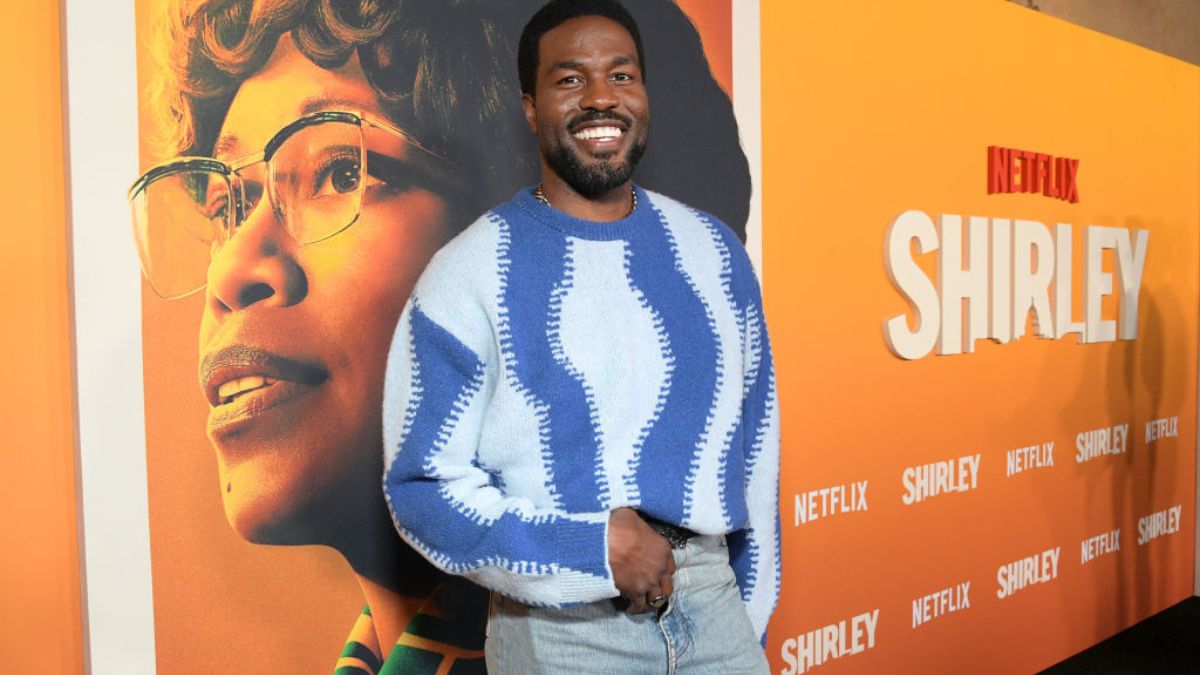
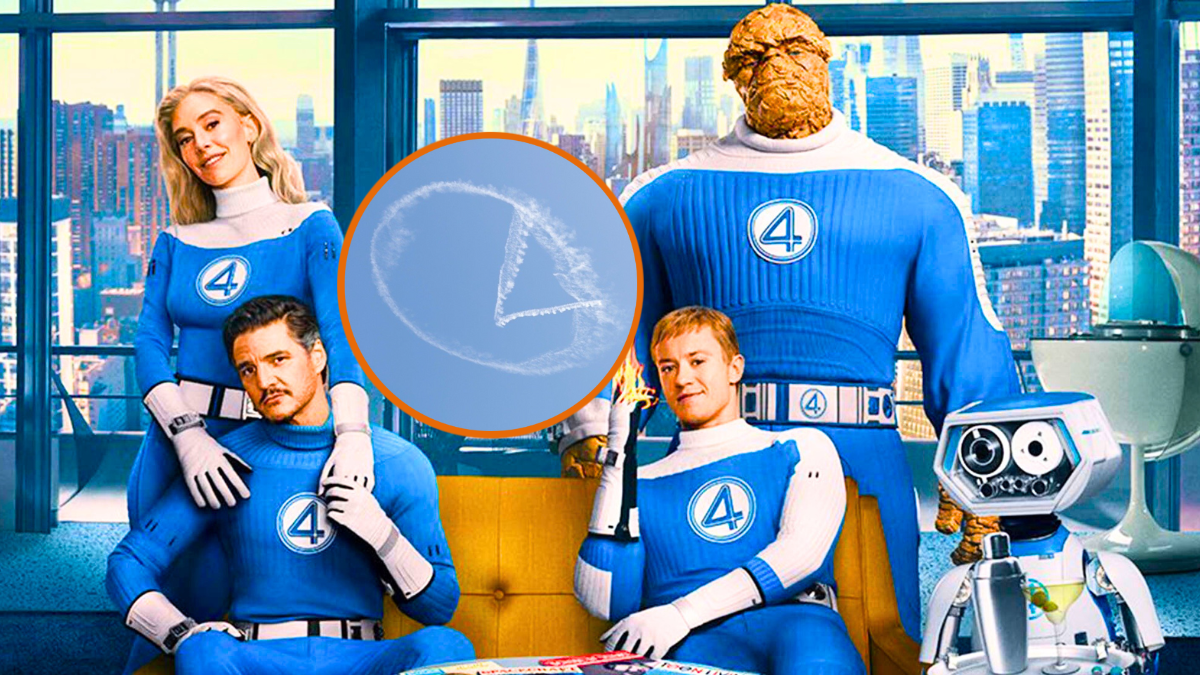
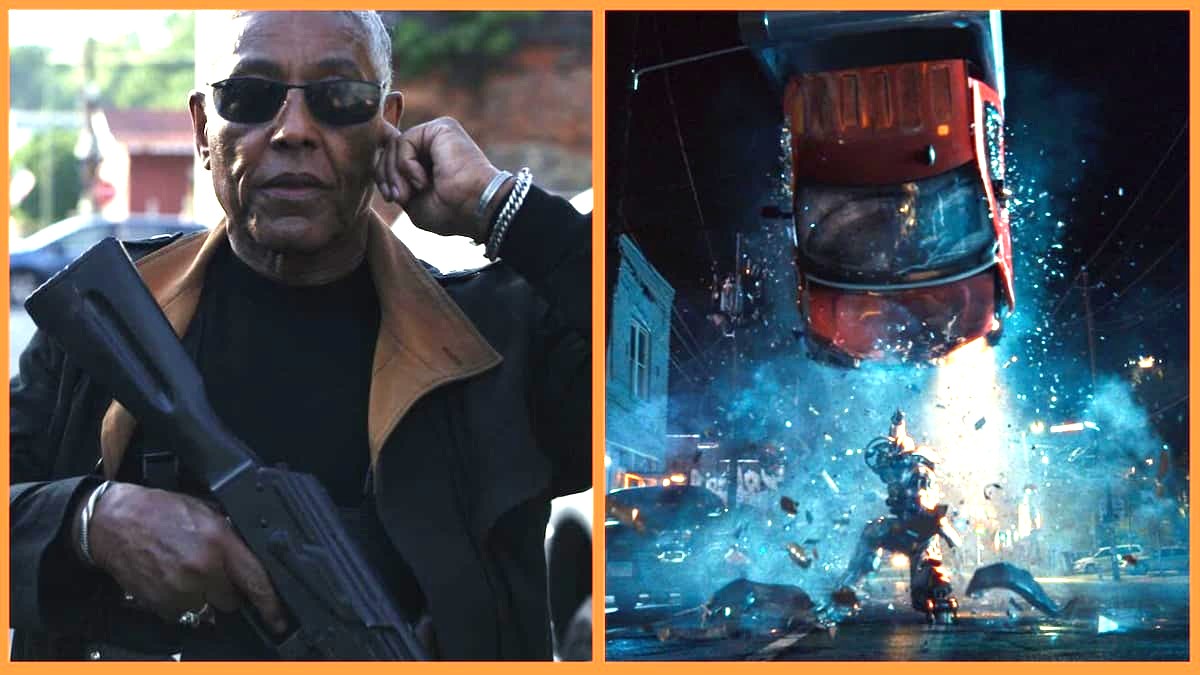

Published: Oct 7, 2023 01:13 am